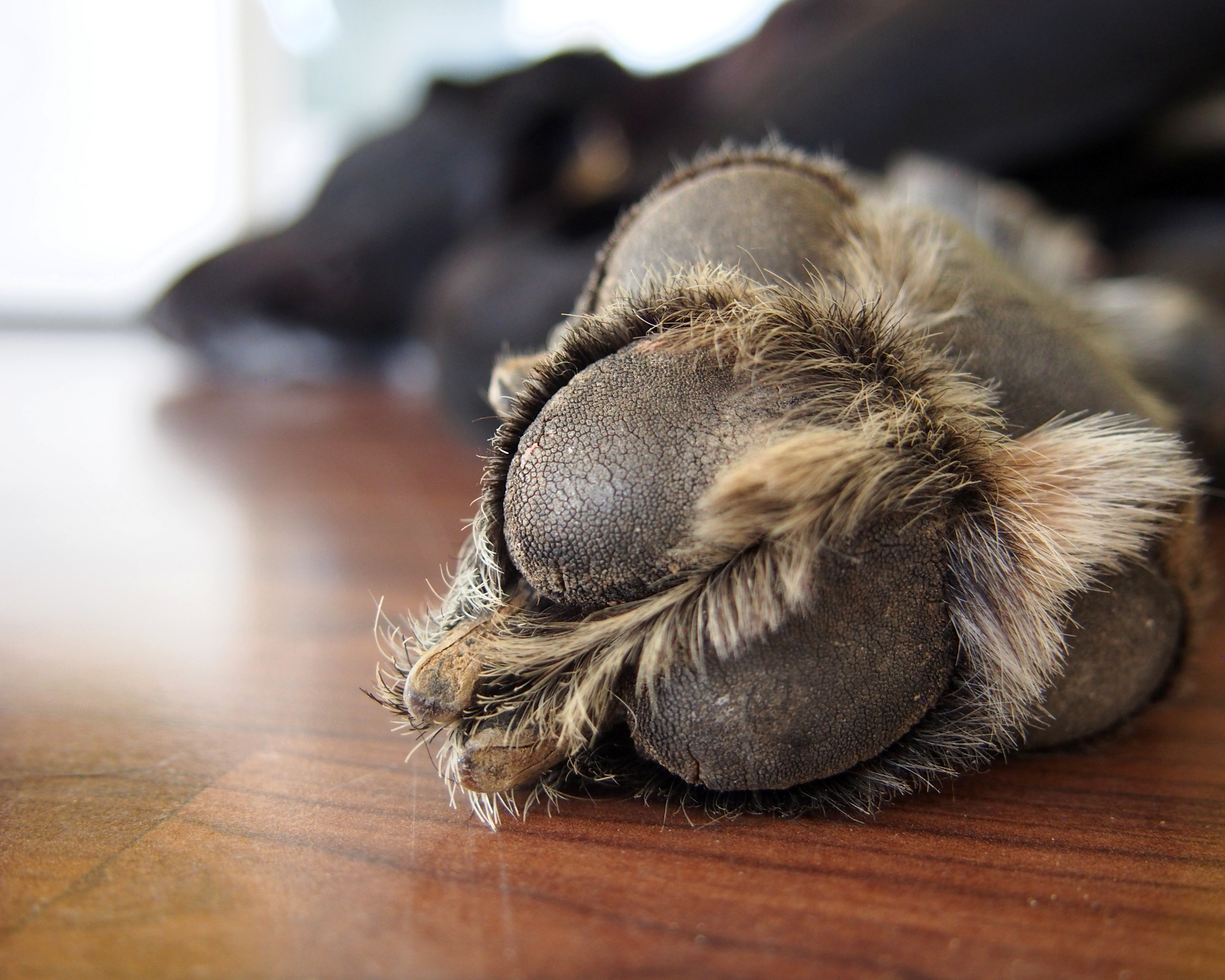

What Is “The Quick”? Nail Care Basics Every Big Dog Owner Should Know
If you’ve ever put off trimming your dog’s nails because you were afraid of “hitting the quick,” you’re not alone.
Nail trims can be nerve-wracking—especially when your dog has paws the size of dinner plates. But here’s the thing: skipping nail care does more harm than good. And the secret to trimming with confidence? Understanding the quick.
Let’s break it down.
What Is “The Quick,” Exactly?
The quick is the soft, pink, fleshy tissue inside your dog’s nail. It’s packed with blood vessels and nerves, and it plays a key role in nail growth.
You’ll find it just beneath the hard outer nail. On light-colored nails, it’s easy to see—a pink triangle extending from the base toward the tip. On dark nails, it’s harder to spot, which is why extra care (and good lighting) matters.
If you cut into the quick, it hurts. And it bleeds. A lot.
Why the Quick Matters (A Lot)
Accidentally cutting into the quick can lead to:
-
Pain and bleeding
-
Trust issues around nail trims
-
Fear or avoidance in future grooming sessions
But even more importantly, overgrown nails with long quicks are a health hazard—especially for giant breed dogs.
They can:
-
Change your dog’s gait
-
Put pressure on the toes and joints
-
Lead to cracked or torn nails
-
Affect balance, posture, and even mobility
Nail Trims Help Keep the Quick Short
Here’s the good news: the more often you trim your dog’s nails, the more the quick recedes. That’s why frequent, conservative trims are key.
If your dog’s nails are already long, don’t try to get them short all at once. Trim just a little, once or twice a week, and gradually the quick will pull back.
It’s a process—but it works.
Nail Care Tips for Big Dogs
Trimming a Great Dane’s nails isn’t quite the same as trimming a Yorkie’s. Here’s how to make it easier (and safer):
-
Use tools built for big dogs. Heavy-duty clippers or grinders designed for large nails are a must.
-
Go slow. Trim small amounts at a time—especially if the quick is long or hard to see.
-
Have styptic powder on hand. Just in case.
-
Look for posture cues. If your dog starts to pull away, flinch, or lick a paw—you might be getting too close.
-
Stay consistent. Nail care is easier (and less stressful) when it’s part of your regular routine.
When in Doubt, Ask for Help
If you’re new to nail trimming—or your dog’s nails are severely overgrown—it’s okay to tag in a pro. A groomer or vet tech can show you how to trim safely and help get your dog on a healthy nail schedule.
Don’t wait for nails to click across the floor like stilettos. And definitely don’t wait until your dog is limping.
A Healthy Quick = A Healthier Dog
Nail care is more than just a grooming task—it’s a key part of your dog’s mobility, comfort, and joint health. Especially for our giant breed companions, those heavy paws deserve regular attention.
Keep the quick in check, and your dog will move better, feel better, and thank you for it.
